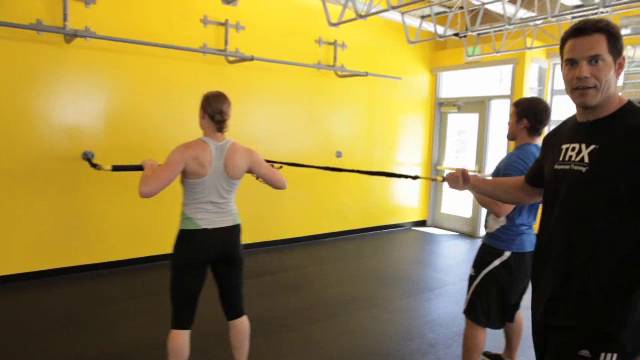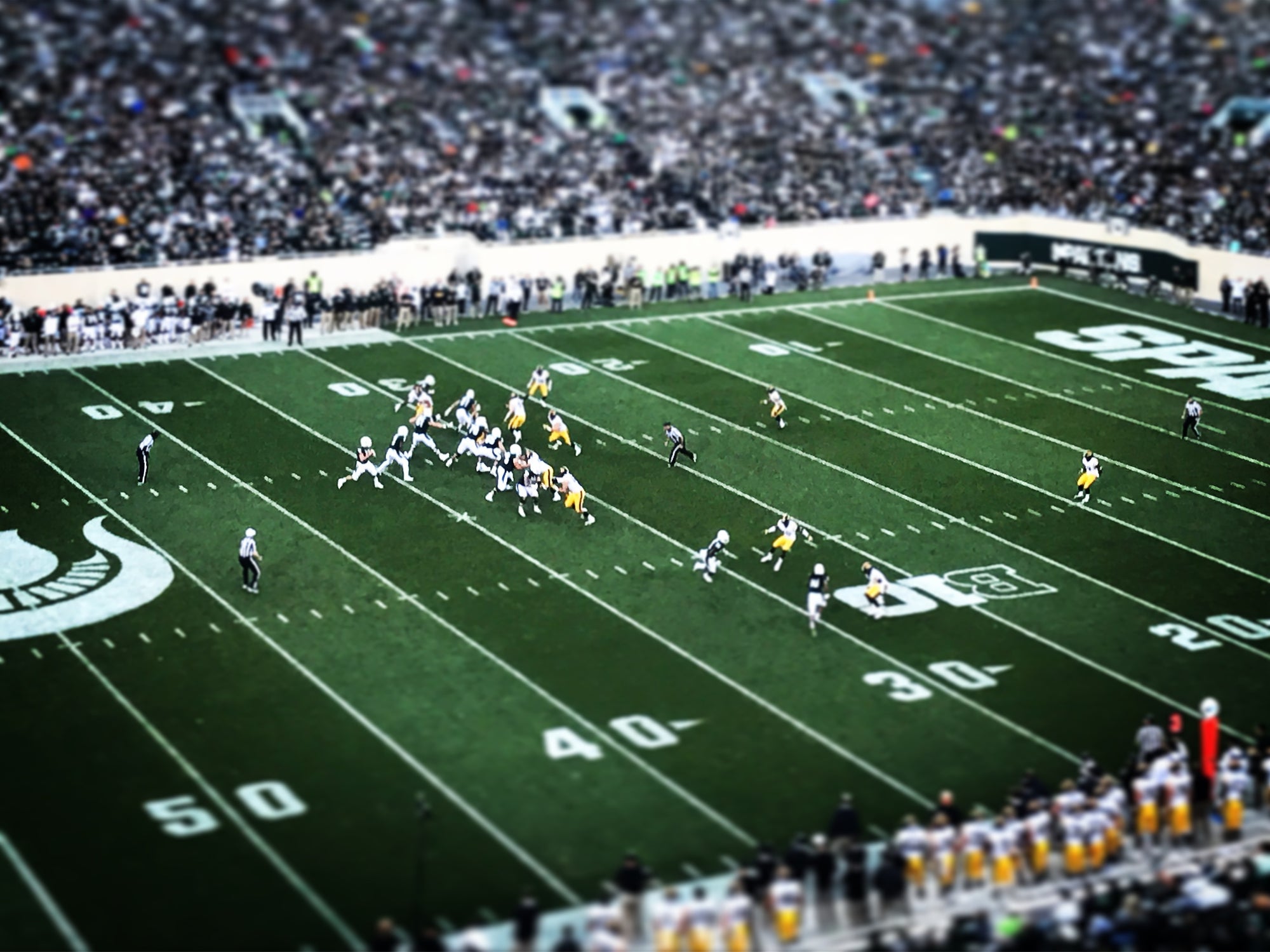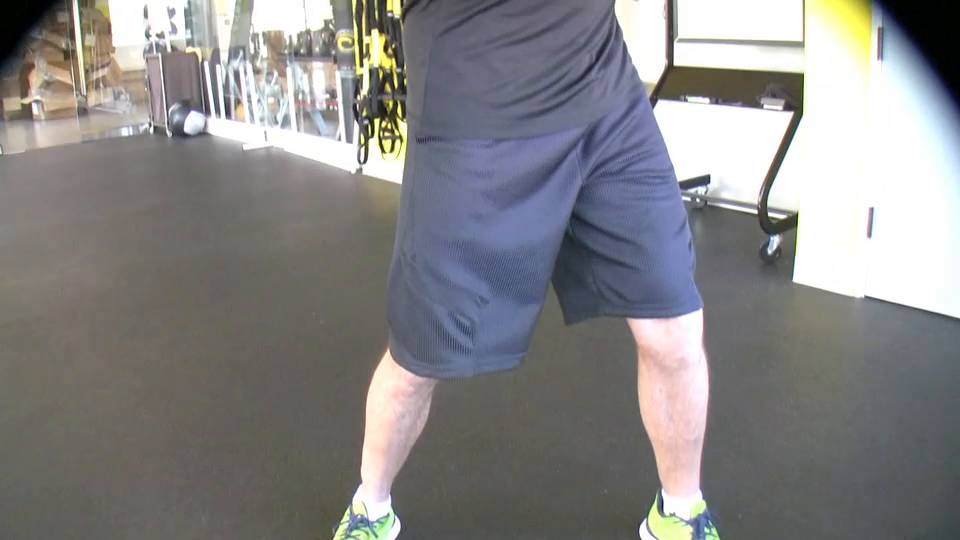Learn how to progress and scale your TRX Rip Training workouts with TRX Director of Rip Training Pete Holman. In this video, we focus on the the ability to control and produce rotational power, a unique component of Rip Training because of it's utilization of asymmetrical loading and elastic resistance.
Rotational forces are seen in everyday life (i.e., lifting a child into a car seat) and in sports (i.e., driving a golf ball, hitting a tennis ball, etc). Depending on the task, it is necessary for the body to control rotation and maintain a neutral spine (planking) posture or produce rotation through the hips and thoracic spine. By controlling and producing rotation, we are able to mitigate the risk of injury to the back and reduce energy leaks, which helps with power transfer.
To illustrate how you can control and produce rotation on the Rip Trainer, creator Pete Holman shows us two exercises: the Rip Squat Row and the Rip Punch.
The Rip Squat Row focuses on controlling rotation in the transverse plane and emphasizes muscle recruitment in the posterior kinetic chain. This is a great exercise to help strengthen the back for activities of daily living and also targets muscles (i.e., lumbar erectors, glutes and hamstrings) that are necessary for deceleration during sport.
The Rip Punch focuses on the production of rotational force from the ground up. This exercise helps teach pivot mechanics, which is necessary for most athletes who use the hips to increase power transfer. The Rip Punch is also a move most fitness enthusiasts find aggressive, challenging and fun.
Purchase your Rip Trainer here!
Have you used the Rip Trainer in your workouts? Tell us about it below.



